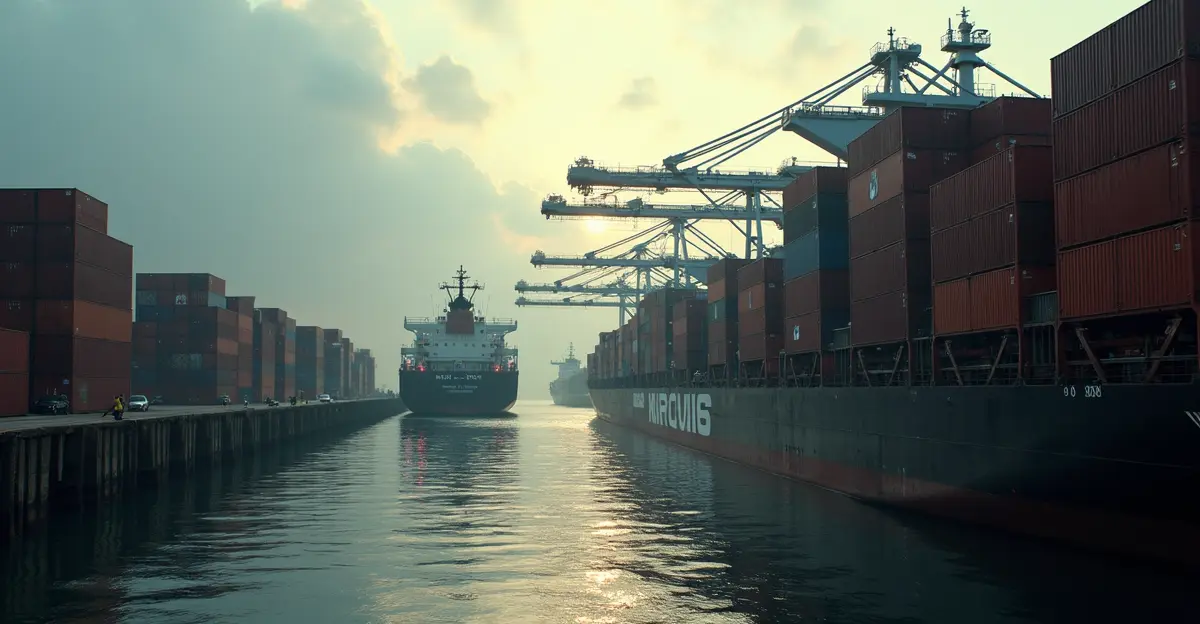
The Hidden World of Port Corruption
Major shipping ports around the world have become hotspots for organized crime operations, with sophisticated smuggling networks exploiting vulnerabilities in maritime security systems. Criminal organizations are increasingly targeting ports as gateways for illegal activities ranging from drug trafficking to weapons smuggling and human trafficking.
How Criminal Networks Operate
Organized crime groups employ various tactics to infiltrate port operations. Corruption of port officials remains one of the most effective methods, with criminals bribing customs agents, security personnel, and even port management to turn a blind eye to illegal activities. According to maritime security experts, these networks often use legitimate businesses as fronts while moving contraband through shipping containers.
Common Smuggling Methods
Criminal organizations have developed sophisticated techniques to evade detection. These include:
- False documentation and misdeclaration of cargo contents
- Hidden compartments within legitimate shipments
- Compromised shipping containers with modified structures
- Cyber attacks on port security systems to alter records
Global Impact and Economic Consequences
The economic impact of port-related organized crime is staggering. The United Nations Office on Drugs and Crime estimates that illicit trade through ports costs the global economy hundreds of billions annually. Beyond financial losses, these activities undermine legitimate businesses, distort markets, and fund other criminal enterprises.
International Response and Security Measures
International organizations including INTERPOL and the World Customs Organization have implemented various initiatives to combat port crime. The Container Security Initiative and Customs-Trade Partnership Against Terrorism represent significant efforts to enhance security. However, experts argue that more needs to be done, particularly in addressing corruption within port authorities.
Future Challenges and Solutions
As criminal networks become more sophisticated, port security faces evolving challenges. The integration of advanced technologies like artificial intelligence, blockchain for supply chain tracking, and enhanced scanning equipment offers promising solutions. However, addressing the human element—corruption and insider threats—remains the most critical challenge for port security worldwide.

 Nederlands
Nederlands English
English Français
Français Deutsch
Deutsch Español
Español Português
Português







